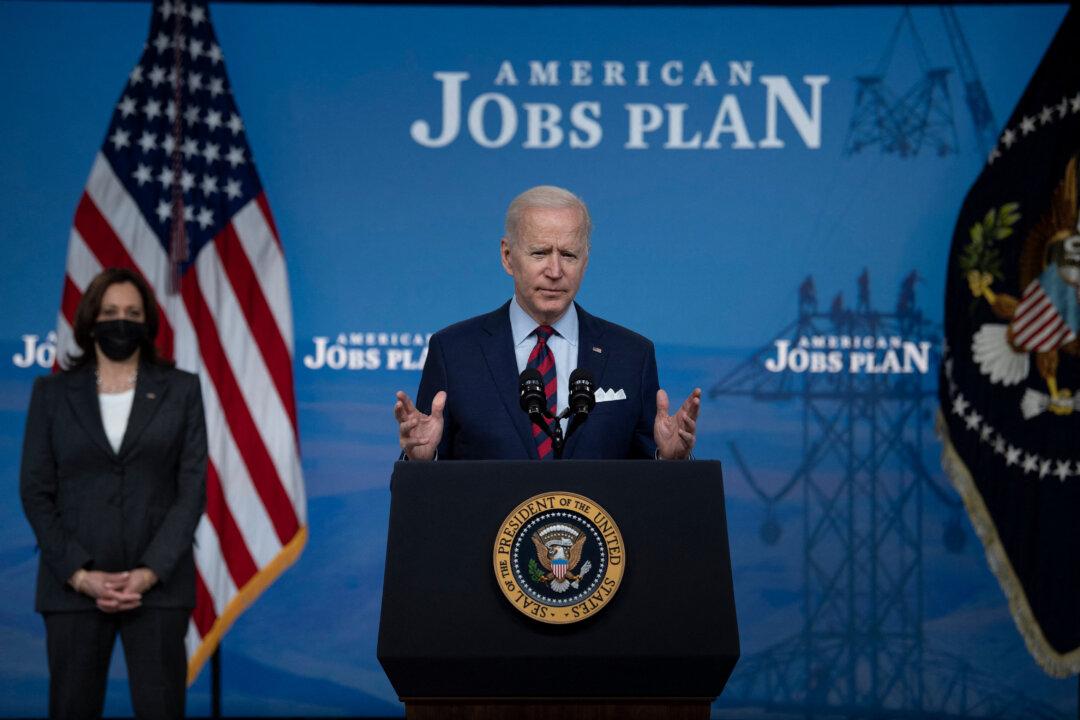Commentary
Just 21 percent of President Joe Biden’s proposed “infrastructure” plan is proposed to be spent on traditional infrastructure projects such as bridges, trains, waterways and roads.

Just 21 percent of President Joe Biden’s proposed “infrastructure” plan is proposed to be spent on traditional infrastructure projects such as bridges, trains, waterways and roads.